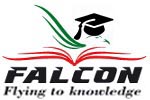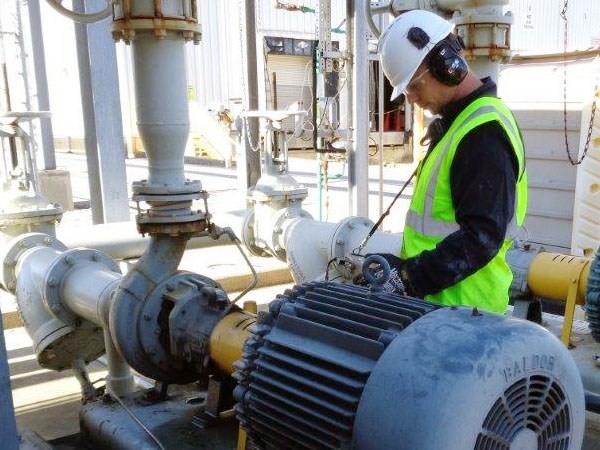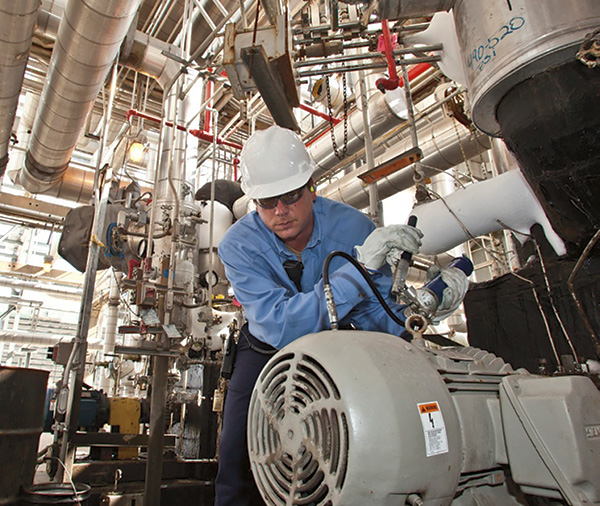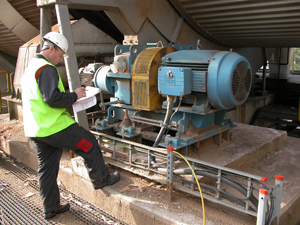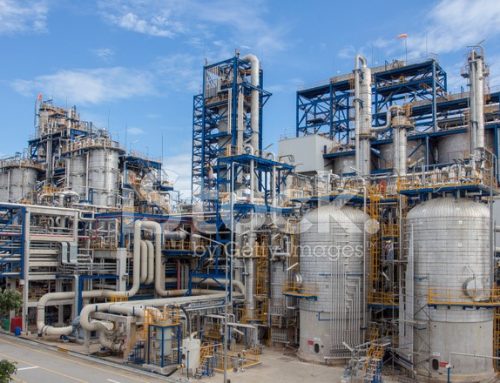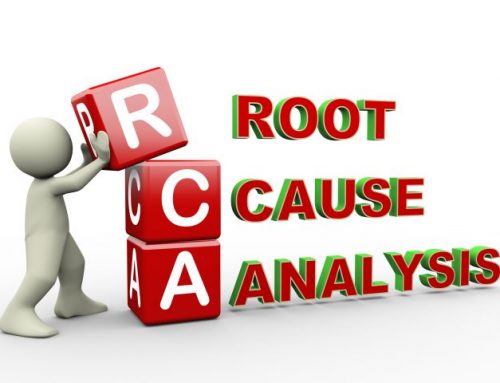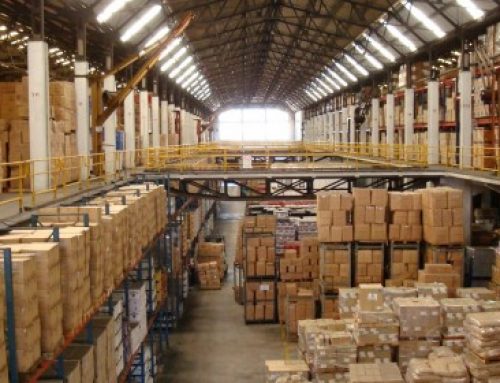Project Description
Why attend
This course is designed to provide a thorough understanding of Condition Based Monitoring (CBM). It will cover the various methods of maintenance and it will give the participant an introduction to the techniques utilized in Condition Based Monitoring such as Vibration Measurement, Infrared Thermography, Oil Particle Analysis, Shaft Alignment and Balancing.
Course Objectives
By the end of the course, participants will be able to:
Apply systematic procedures on preventive and predictive maintenance including condition based monitoring (CBM)
Identify the world-class aspects of maintenance today through the various types of maintenance including framework for maintenance excellence, philosophy, principles, work environment, equipment, information systems, maintenance strategy and productive maintenance.
Recognize the nature of failures covering the types of equipment, classifications, patterns, failure analysis and root cause
Employ maintenance methods and goals setting as well as breakdown maintenance and troubleshooting techniques covering machinery troubleshooting, pumps, centrifugal compressors, blowers, fans, reciprocating compressors, engines, gas turbines and root cause failure analysis (RCFA).
Review and develop preventive maintenance for lubrication including its storage, handling and oil analysis methodology
Obtain knowledge on time-based and dynamic-based preventive maintenance.
Who should attend
This course covers systematic techniques in maintenance and reliability management to assist maintenance management team in delivering maximum reliability and availability of equipment at the lowest possible cost. The course will present techniques designed to improve the effectiveness of maintenance management activities, to ensure that physical assets perform their required functions, operate reliably, and support corporate goals. It is essential for all maintenance and reliability management staff.
Course Outline
- Framework for Maintenance Excellence – Overall Philosophy –
- Maintenance Principles – Work Environment – Equipment –
- Information Systems –
- Elements for Effective Maintenance –
- Establishing the Environment for Improvement –
- Types of Maintenance – Maintenance Strategy Development –
- Precision Maintenance – Maintenance Methods Compared –
- Understand the Nature of Failures –
- Types of Equipment Failures –
- Failure Classifications & Failure Patterns –
- Why Equipment Fails –
- Failure Analysis & Root Cause – How Does Most of Our Equipment Fail?
- Managing Maintenance – Basic Principles –
- Maintenance Business Model- Business Elements – Maintenance Organization –
- Do You Have a Maintenance Program? – What is Your Organization Structure? –
- Business Plan – R&M Policy – Maintenance Plans –
- Does Your Plant Have an R&M Policy? –
- Are the Yearly Goals Spread throughout the Plant? – Objectives
- The Matrix Approach to Machinery Troubleshooting –
- Pumps – Centrifugal Compressors – Blowers and Fans – Reciprocating Compressors –
- Engines – Gas Turbines and Others –
- Root Cause Failure Analysis (RCFA)
- General Philosophy – Upside Downside –
- CLAIR Activities
- Cost of Poor Lubrication – Fundamentals-Oil & Grease –
- Storage & Handling Methods –
- Oil Analysis, Comparative Viscosity – Classifications
- Paper Based Systems – Hard Wired Sensors –
- Portable Data Collectors – Integrated CBM
- Systematic Application of CBM
- Machine Life Cycles – Warning and Alarm Levels –
- Monitoring Frequency – System Set-Up –
- Monitored Parameters –
- Frequency of Monitoring – Location of Measurement Points
- Tactile, Visual and Actual Monitoring – Thermal Monitoring –
- Lubricant Monitoring – Leak Detection – Corrosion Monitoring –
- Performance Monitoring – Vibration Monitoring –
- Interpretation of Data According to Data Type
- Ways of Monitoring Temperature –
- Sensitivities and Symptom Masking –
- Fault Detection Capability
- Sources of Wear Particles –
- The Distinction between Amount, Size, Shape and Chemical Breakdown –
- The Condition of the Lubricant Itself – Monitoring and Analysis Techniques –
- Spectrographic, Spectrometric and Ferrographic Measurements
- Signal Parts – Vibration Transducers –
- Overall and Spectral Vibration –
- Monitoring Point Location and Transducer Mounting –
- Common Fault Symptoms
- Increase Equipment Uptime – Improve Product Quality – Cut Inventory Cost –
- Improve Labor Productivity – How to Reach Lowest Total Cost through PPM –
- Payback
- Applying Precision Maintenance for Rotating Machinery and Equipment
- Evolution of Maintenance and Reliability
- Improving Machinery Reliability
- Rolling and Journal Bearing Health
- Engineering, Procurement, Construction Standards
- Precision during Assembly and Installation
- Defect Detection and Failure Analysis and Removal
- The Connection to Asset Management
- Achieving Exceptional Equipment Reliability
- Subjects of a Precision Maintenance Program
- Creating Tasks and Procedures – Developing Equipment Manuals –
- Scheduling PPM Tasks – Quality Assurance & Continuous Improvement –
- Determining the Results – The Role of the Maintenance Organization –
- Steps on Developing a PPM Program
